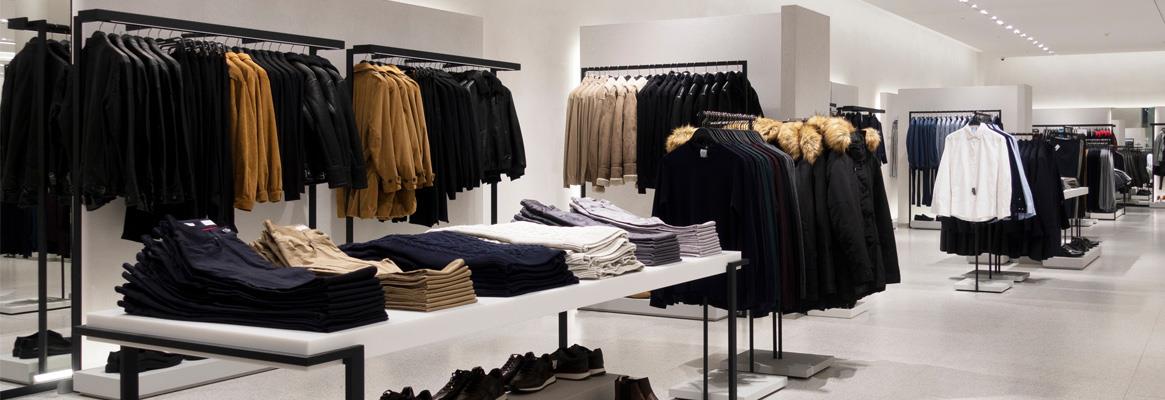Webrooming or showrooming -- the pandemic has changed everything.
The coronavirus pandemic has given rise to a brand new world - a world we are still coming to terms with, trying to understand, decode, and in some sense, make peace with. The onset of Covid-19 has triggered a transition for the fashion industry from showrooming to webrooming. Traditionally, showrooming is the practice of inspecting merchandise in a traditional brick-and-mortar retail store and then buying it online, sometimes at a lower price, as online shopping enables the customer to access more discounts.
Webrooming on the other hand refers to a shopping process that starts with online browsing and then leads to buying in-store. This type of shopping is usually preferred by customers as it allows them to touch, feel and try on the products before actually buying them.
Both these concepts are the result of evolving consumer shopping habits. Most consumers shop with a smartphone in hand, compare product prices on the spot using online peer reviews to form their opinions, and have specific preferences for the kind of products they want to purchase online and in-store. This set of new age shoppers obtain and use information, make choices and form opinions. Their individual values go beyond shopping, and are present across every experience in their lives from food and shopping, to travel and tourism to their particular attitude on work-life balance. Born in the lap of technology, the new generation shoppers have evolved with smart phones in one hand and ultra-fast internet connection on the other.
The pandemic has changed the way we shop. While the traditional option of showroom shopping did have its own charm, the pandemic has led many things shift to online. Earlier people loved to spend time shopping as the touch, feel and trial of clothes gave them a kind of satisfaction for 'value for money'. From the sales person convincing a customer to buy products and boost sales to the freedom of trying on the clothes one actually wanted to buy, shopping in store was everyone's favourite. We all agree that physical shopping was also a great way of unwinding with friends.
Web shopping gives shoppers the experience of shopping without the fear of getting infected. Moreover, shopping has also become more social-involving all family members-and much more frequent. And in these uncertain times, immediate gratification is becoming more important than asset creation for the millennial shopper.
Webrooming is ideally done in two ways: Firstly by offering a physical retail store online. This can be done by taking photographs of the real store or by using graphic designing. This enables the retailer to reach out to a larger consumer base. But in spite of these technological advancements, consumers still might prefer to try on products before they actually buy it - this means they might prefer showrooming sometimes over webrooming as this allows them to not only check the products physically but also allows them to avail online discounts.
Some shoppers may choose to believe that the choices they make (choosing to shop via webrooming or showrooming) result only from rational thoughts of the available substitutes. The reality on the other hand is quite different - emotions influence one's decision to a certain extent. Last but not the least, whether one prefers webrooming or showrooming, the Indian shopper will continue to evolve with technology, and brands will have to keep pace to stay competitive, relevant, and profitable.









Comments